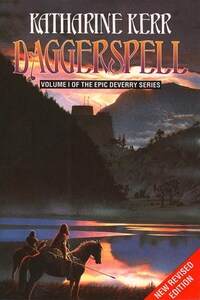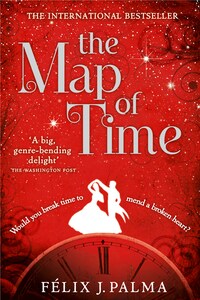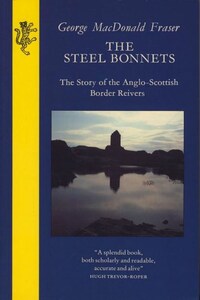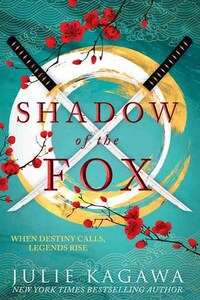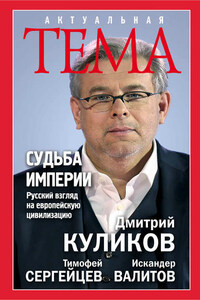Many readers and reviewers have assumed that the Deverry books take place in some sort of alternate Britain or that the people of Deverry came originally from Britain. Since a few have even, in total defiance of geography, supposed that the series takes place on that island, I thought I’d best clarify the matter.
The Deverrians emigrated from northern Gaul, the “Gallia” referred to in the text, after they spent a fair number of years under the Roman yoke but before Christianity became a religion of any note. As for their new home, Annwn, the name is Welsh and literally means “no place,” a good clue, I should think, as to its location here in our world. Later volumes in this series explain how the original group of immigrants reached their new country and tell something of the history of their settlement.
HarperVoyager an imprint of HarperCollinsPublishers Ltd 1 London Bridge Street London SE1 9GF
www.harpervoyagerbooks.co.uk
First published in Great Britain by Grafton Books 1987
Previously published in paperback by
HarperCollins Science Fiction & Fantasy 1993 (reprinted three times), and by Grafton 1989 (reprinted seven times)
Copyright © Katharine Kerr 1986
Revised edition copyright © Katharine Kerr 1993
Katharine Kerr asserts the moral right to be identified as the author of this work.
A catalogue copy of this book is available from the British Library.
This novel is entirely a work of fiction. The names, characters and incidents portrayed in it are the work of the author’s imagination. Any resemblance to actual persons, living or dead, events or localities is entirely coincidental.
All rights reserved under International and Pan-American Copyright Conventions. By payment of the required fees, you have been granted the nonexclusive, nontransferable right to access and read the text of this e-book on-screen. No part of this text may be reproduced, transmitted, downloaded, decompiled, reverse engineered, or stored in or introduced into any information storage and retrieval system, in any form or by any means, whether electronic ormechanical, now known or hereinafter invented, without the express written permission of HarperCollins e-books.
Source ISBN: 9780007375981
Ebook Edition © 2015 ISBN: 9780008125295 Version: 2018-12-04
The Deverrian language, which we might well call neo-Gaulish, looks and sounds much like Welsh, but anyone who knows this modern language will see immediately that it differs in a great many respects, as it does from Cornish and Breton. All these languages are members of that subfamily of Indo-European known as P-Celtic.
VOWELS are divided by Deverry scribes into two classes: noble and common. Nobles have two pronunciations; commons, one.
A as in father when long; a shorter version of the same sound, as in far, when short.
O as in bone when long; as in pot when short.
W as the oo in spook when long; as in roof when short.
Y as the i in machine when long; as the e in butter when short.
E as in pen.
I as in pin.
U as in pun.
Vowels are generally long in stressed syllables; short in unstressed. Y is the primary exception to this rule. When it appears as the last letter of a word, it is always long whether that syllable is stressed or not.
DIPHTHONGS generally have one consistent pronunciation.
AE as the a in mane.
AI as in aisle.
AU as the ow in how.
EO as a combination of eh and oh.
EW as in Welsh, a combination of eh and oo.
IE as in pier.
OE as the oy in boy.
UI as the North Welsh wy, a combination of oo and ee.
Note that OI is never a diphthong, but is two distinct sounds, as in Carnoic, (KAR-noh-ik).
CONSONANTS are mostly the same as in English, with these exceptions:
C is always hard as in cat.
G is always hard as in get.
DD is the voiced th as in thin or breathe, but the voicing is more pronounced than in English. It is opposed to TH, the unvoiced sound in breath. (This is the sound that the Greeks called the Celtic tau.)
R is heavily rolled.
RH is a voiceless R, approximately pronounced as if it were spelled hr in Deverry proper. In Eldidd, the sound is fast becoming indistinguishable from R.
DW, GW, and TW are single sounds, as in Gwendolen or twit.
Y is never a consonant.
I before a vowel at the beginning of a word is consonantal, as it is in the plural ending -ion, pronounced yawn.
DOUBLED CONSONANTS are both sounded clearly, unlike in English. Note, however, that DD is a single letter, not a doubled consonant.
ACCENT is generally on the penultimate syllable, but compound words and place names are often an exception to this rule.
